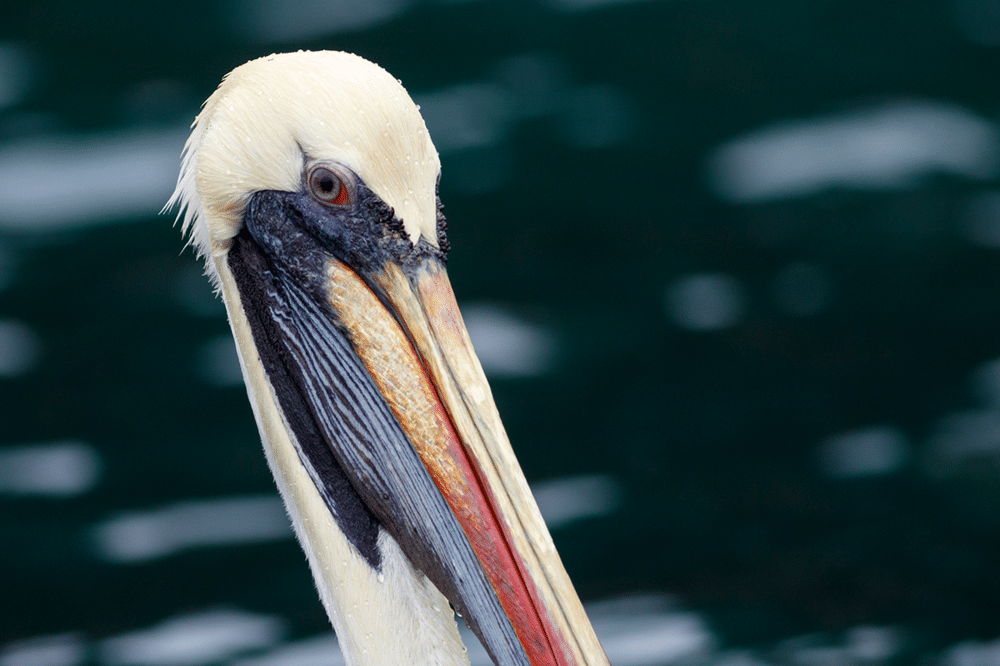
PERU BIRDING TOURS: PARACAS NATIONAL RESERVE
PERU BIRDING TOURS: EXPLORING THE PARACAS NATIONAL RESERVE

- Departure time: 5.00am
- 3 days
- Available All-year
The Paracas National Reserve is located 250 km (155 miles) south of Lima, and is easily accessible via the Panamerican Highway. The reserve stretches over 335,000 hectares (827,803 acres). Paracas is one of two protected areas that preserves Peru’s coastal marine ecosystems.
Thanks to the Humboldt Current, a deep upwelling of cold, nutrient-rich water sweeping northward along the Peruvian coast, the reserve supports an abundant and varied population of sea and bird life. Paracas National Reserve is known as one of the most biologically productive marine areas in the world, serving as a breeding ground for fishes, marine mammals and birds. Paracas is home to many endangered and threatened species like the South American Fur Seal, Green and Leatherback Sea Turtles and the elusive Marine Otter.
Day 1
Early morning visit to the Paracas Bay where we will scan the mudflats looking for shorebirds like Snowy Plover, Semipalmated Plover, Western, Least and Semipalmated Sandpipers, Ruddy Turnstones and Sanderlings. Then we will visit the local museum inside the reserve, around this area the endemic Coastal Miner can be seen. A short walk from this point will allow us to observe the Chilean Flamingos that feed close to the shore during this time of the year. Black Skimmers, American Oystercatchers and White-cheeked Pintails can also be seen in this area. After a short driving we will arrive to the Sequion Bay where the endangered Peruvian Tern can be found year-round.
Around midday we will drive towards the charming fishing town of Lagunillas. We will scan the rock formations of this area to observe the endemic Surf Cinclodes that usually feed on the intertidal zone. Migratory Surfbirds can also be seen around here together with Blackish Oystercatchers.
After a lunch in the town we will visit the “La Mina” beach, here we can see the spectacular Inca Terns resting on the rocks after a long day at sea. Gray Gulls and also Red-legged Cormorants can be seen in this area. Depending on the time we might try to walk towards an area where the endangered Marine Otters can be seen.
Day 2
We will start the day with a visit to the Ballestas Islands, often referred to as “Peru’s Galapagos”. On the way to the Ballestas, the boat will stop briefly to view “El Candelabro”, a giant, candelabrum-shaped drawing etched on the sand hills overlooking the Bay of Paracas. No one knows who made the figure or what it means, but some scientists theorize it represents the constellation of the Southern Cross; others think it is a stylized drawing of a cactus, a symbol of power to the Chavín, a local pre-Inca culture.
The volcanic islands are well known for their extraordinary diversity of marine fauna. In the waters, inquisitive South American Sea Lions often play around the boats, while at the islands we will be overwhelmed by hundreds of thousands of seabirds including Guanay Cormorants, Red-legged Cormorants, Peruvian Boobys, Inca Terns, Peruvian Pelicans and the endangered Humboldt Penguins. On the way back to the port we will scan the open waters for pelagic species like Peruvian Diving-Petrel, Markham’s Storm-Petrel and Sooty Shearwaters.
During the afternoon we will visit the Pisco wetlands looking for Great and Pied-billed Grebes, White-cheeked Pintail, Cinnamon Teal, Ruddy Duck, Plumbeous Rail, Many-colored Rush-tyrant, Wren-like Rushbird among other species.
Day 3
Paracas is in the middle of the driest desert in the world, but some areas have a very interesting habitat of Mesquite forest on top of the sand dunes. We will explore some small patches of this interesting habitat looking for Slender-billed Finch and the endemic Coastal Miner. Other birds that we might observe here include Vermilion Flycatcher, Amazilia Hummingbird, Yellow-billed Tit-Tyrant, Pied-crested Tit-tyrant, Peruvian Thick-knee, Burrowing Owl and the endemic Black-necked Woodpecker.
PRICE INCLUDES
- Private vehicle and driver during the duration of the tour.
- Professional english speaking birding guide.
- Entrance tickets to the Paracas National Reserve
- Boat tour to Ballestas Islands
PRICES DOES NOT INCLUDE
- Breakfast, lunch or dinner.
- Tips.
GALLERY

















Join us on this trip
For as low asABOUT WILD ANDES
Welcome to Wild Andes! We offer unforgettable birdwatching and photography experiences for nature enthusiasts. Explore our popular destinations, upcoming tours, and travel alongside expert guides. Let us show you the incredible flora and fauna of Peru!
CONTACT INFORMATION
If you have any questions, or need to request additional details, please do not hesitate to contact us
- +51 946 851 289
- wildandestours@gmail.com
- Av. San Martin 617, Lima, Peru
RECENT POSTS


Lima’s Unique Urban Birdlife: Spotting Birds in the City
SUBSCRIBE US
Subscribe to our newsletter and stay up-to-date with the latest news, offers, and tips.
